Proportional Bears Teaching Aids / Logic & Sorting
₹1,995.00 Inclusive all Taxes
* Proportional Bears(3,6,9,12g) ,96pcs
* 12g(16pcs)+9g(16g)+6g(16pcs)+3g(48pcs)
* Red, yellow, blue and green 4 colors.
* 12x12x15cm / GW 1.0kg
Proportional Bears teaching aids are versatile tools designed to help young learners develop essential skills in logic, sorting, and early math concepts. These brightly colored, durable bear-shaped counters come in various sizes, weights, and colors, offering endless opportunities for hands-on learning.
Key Features:
- Size Variations: Includes small, medium, and large bears to teach proportional relationships and size differentiation.
- Colorful Design: Vibrant colors (red, blue, green, yellow, etc.) make sorting and classification engaging and visually stimulating.
- Durable Material: Made from child-safe, non-toxic materials for extended use in classrooms or at home.
- Weight and Counting: Bears can be used to introduce concepts of weight, measurement, and counting during play or structured activities.
- Educational Value: Supports early development of sorting, patterning, sequencing, and logical reasoning skills.
Applications:
- Sorting and Categorization: Children can group bears by size, color, or weight.
- Mathematical Concepts: Ideal for counting, comparing, and introducing addition or subtraction.
- Logic Games: Develops problem-solving skills through pattern recognition and sorting challenges.
- Creative Play: Encourages imaginative play while reinforcing learning concepts.
Proportional Bears are a fun, interactive way to foster foundational cognitive skills and inspire curiosity in young learners.


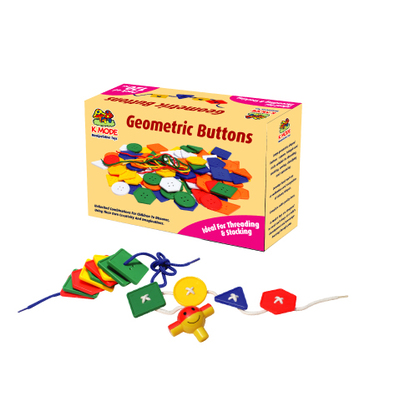

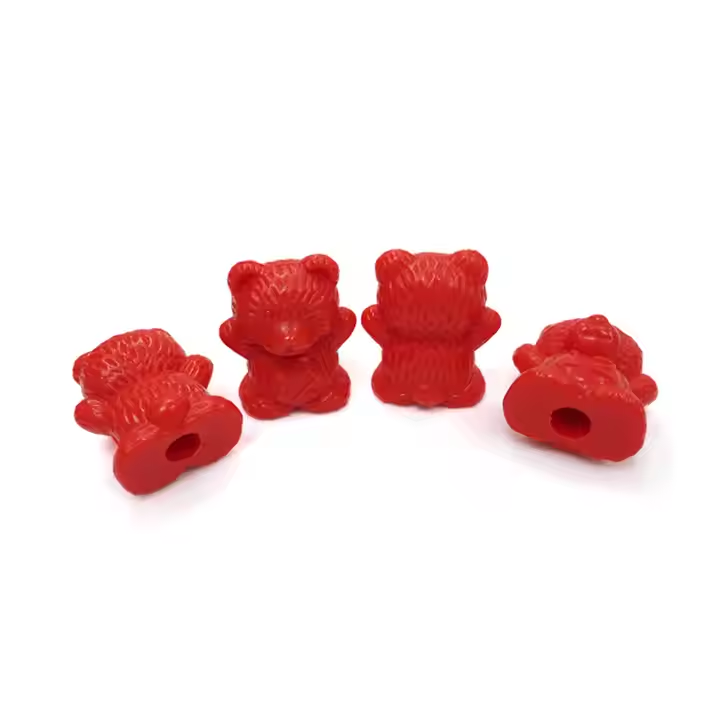


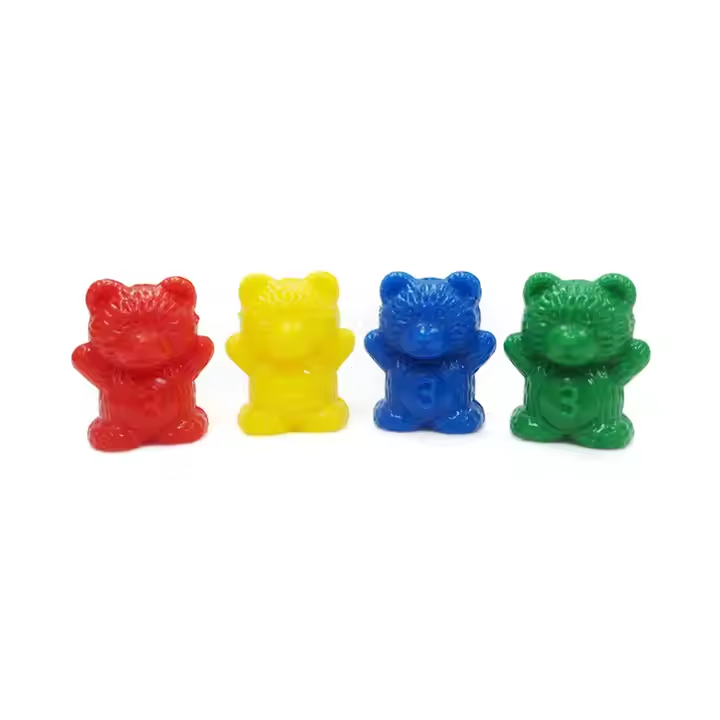




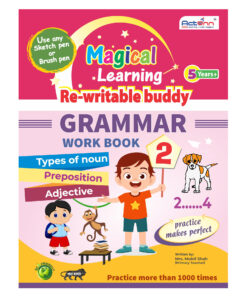
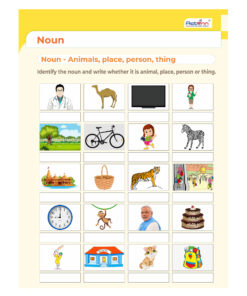
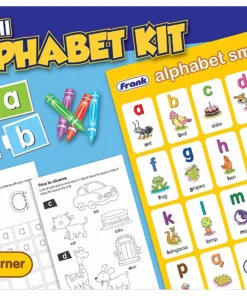
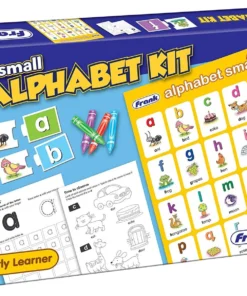

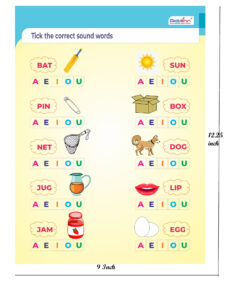


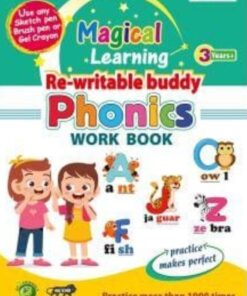
Reviews
There are no reviews yet.